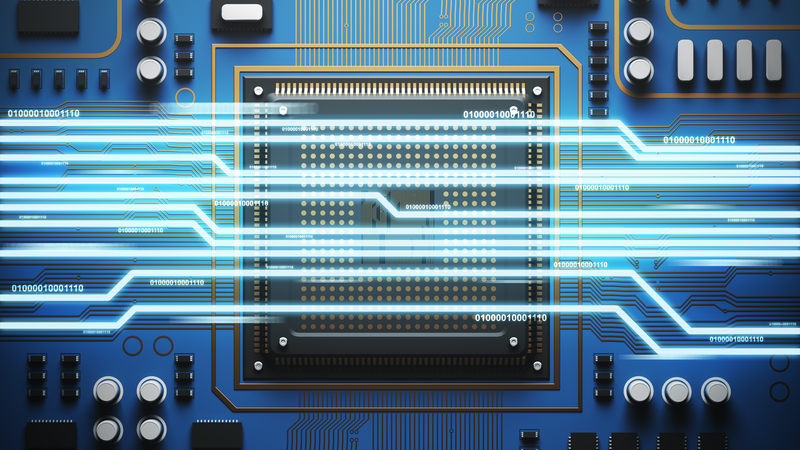There are several valid reasons for which you might want to find out the specification of certain components within your PC. For example, if your PC is past its best and beginning to run slowly, then you might need to upgrade some of its components. Or, perhaps you're trying to sell your computer and need to advertise the specification to potential buyers. Alternatively, if you're into PC gaming, then you might want to check whether your machine is going to be able to run a game; some artistic software packages or those used for developer coding require a powerful machine, too.
Whatever the reason for trying to find out your computer’s specification, there are typically 3 types of component that you’ll need to concern yourself with when it comes to seeing whether your PC is up to scratch: your graphics card, the processor, and your RAM, or Random-Access Memory.
What are these components?
Below, we explain what each of these components are and what they do for your computer. Then, we’ll explain how to find your machine’s specifications.
RAM
When talking about this component, it's rare to hear people use its full name; most people will just talk about the acronym, 'RAM'. This is the computer's primary means of storing and retrieving information on a computer as it is used. Information is temporarily stored here whilst it is accessed and worked on. RAM is very important for running multiple high-power applications simultaneously, or powerful games.
Processor
The processor within a computer is a chip that receives an input and provides an output, handling all the basic instructions processed by a computer. A machine can have a couple of cores, or even more depending on its power, and usually the cost, too. This component can make a significant difference in the capabilities of your computer and the kind of programs that it can handle.
Graphics card
Computers that are used for little more than word processing or other basic tasks will not necessarily need a graphics card; many laptops or lower-end PCs settle for something called onboard graphics, rather than using a graphics card especially. However, machines used for video editing, coding or high-end gaming will require a graphics card. These pieces of equipment can range from hundreds to thousands of pounds.
Finding out your machine’s RAM and Processor
Depending on which version of Windows you’re running, you will need to carry out a few different steps to locate your machine’s RAM and processor information.
Windows 10
If you’ve recently updated your machine to the Windows 10 operating system, then finding out your computer’s specifications is straightforward. All you need to do is right-click on the Windows Start button, which looks like a Windows icon in the bottom-left of the screen, and then select the 'Device Manager'. This gives you a full breakdown of your whole machine’s specification, though it’s a little extreme for what you need to find.
Instead, right click on the Windows icon and then choose ‘System’. You’ll be shown a small system window that will display both your processor specification, as well as the amount of RAM you have – both the total, and the amount available for use.
Windows 8
If you're running the Windows 8 operating system, then things are a little more long-winded. You need to hover over the top-right hand corner of the screen, which will bring up the Charms menu. From here, choose 'Settings' and then go into 'PC info'. This option will take you into the Control Panel, from which you should click on System and then into Security and System.
Windows XP or Windows 7
Things are even more tricky in Windows XP or 7. You need to right-click on 'My Computer', and then click on 'Properties' (or 'System Properties' in Windows XP). Select the 'System' option within this dialog.
Finding your computer’s graphics card information
Remember how we mentioned locating the 'Device Manager' inside of Windows 10 earlier? Well, you can use this process to find details of your graphics card, regardless of what version of Windows you’re using. Once you have located and opened the Device Manager, click on the 'Display Adapters' option to expand the details below. You should be able to see the make and model of graphics card displayed below.
WiseGuys can help
If you need any help with finding your computer’s specifications, then you can ask WiseGuys for more advice. Alternatively, we can help you to work out whether it’s time to upgrade your machine. If you want to speak to WiseGuys, just give us a call on 0808 123 2820.



Recent Comments